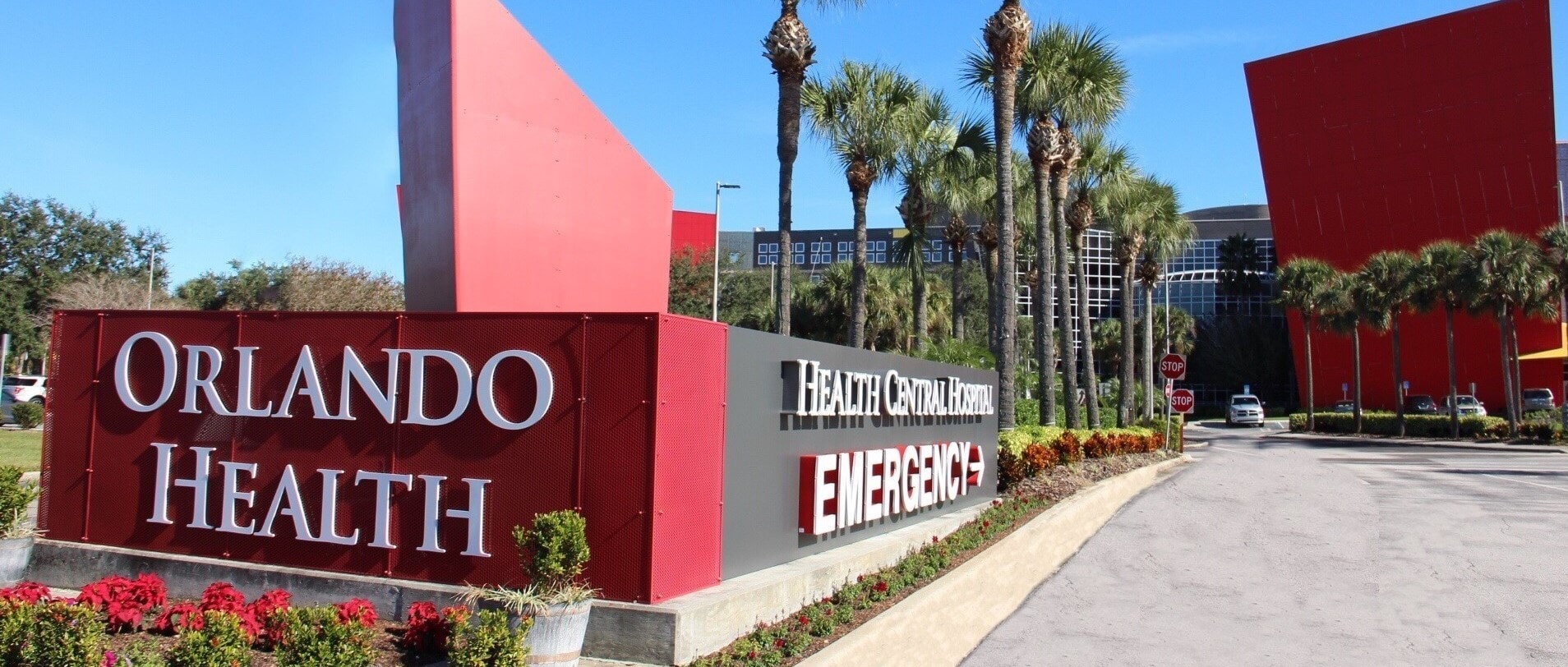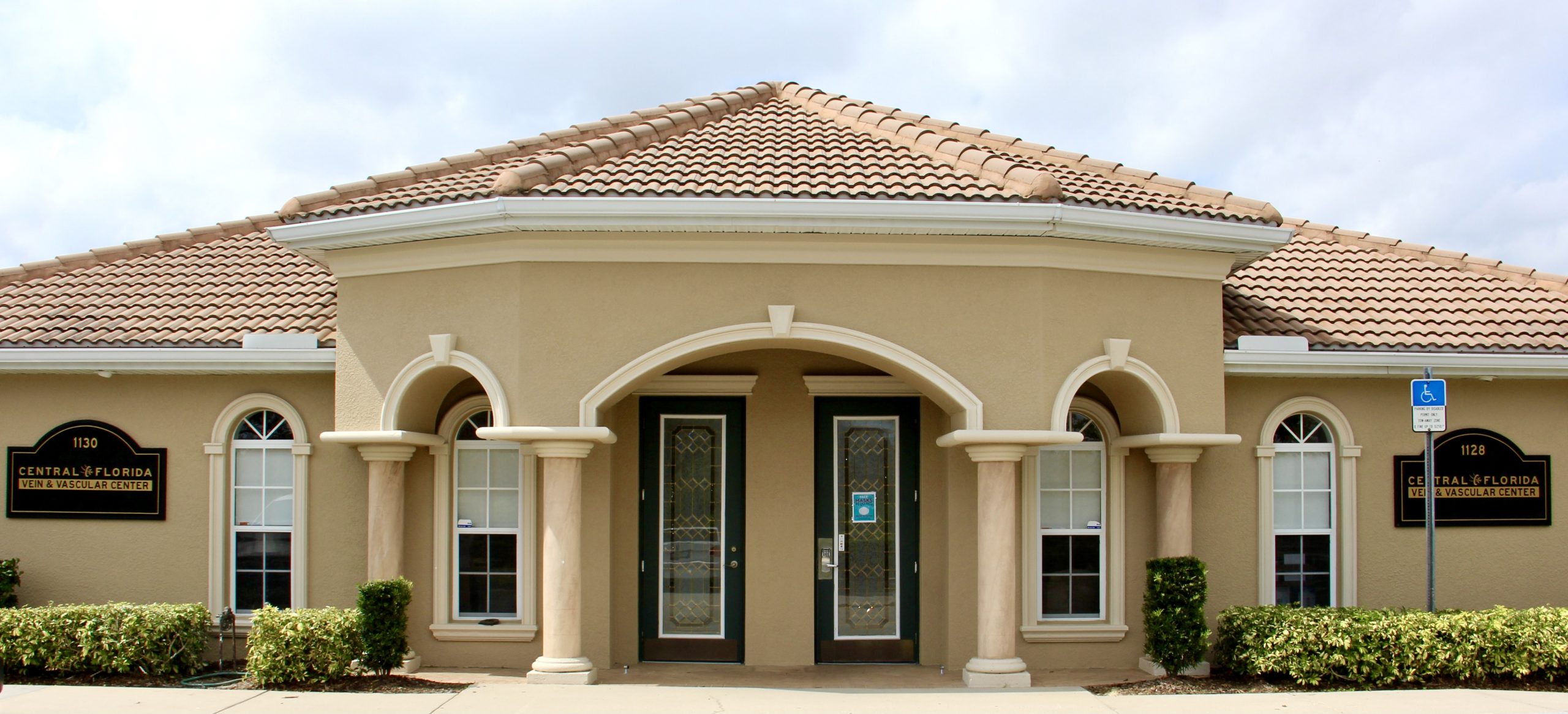Contrary to popular belief, varicose veins can occur in people of all ages, not just seniors. People as young as 30 have been known to deal with varicose veins. As you age, your veins, like your skin, can lose some of their inherent elasticity, which can cause them to stretch. When this stretching occurs, the valves in the veins may weaken and permit blood, which should be flowing towards your heart, to, instead, go backward. So, while varicose veins can occur in both the young and old, aging definitely can increase your risk of venous disease. The most important fact to remember is that proper evaluation and treatment is necessary to ensure the varicose veins don’t indicate a more serious medical condition.
What Is Venous Disease?
Just what is venous disease and what exactly are varicose veins? Venous disease, or insufficiency, is when the valves stop doing their job as described above. Varicose veins are normal veins that have become abnormally enlarged because the blood, which no longer is flowing where it should, instead begins to pool in the vein. And while any vein may become varicose, the most common occurrences of varicose veins are in the legs and feet due to the extra strain that can happen from walking and standing.
At What Age Do Varicose Veins Form?
Varicose veins can form at any age. The age at which you develop varicose veins can depend on several factors such as genetics, lifestyle, pregnancy, and more. However, many people start to varicose veins begin to form in their 50s or 60s.
Key Signs Of Varicose Veins
It’s vital to know what to look for and to be aware of the key symptoms of varicose veins so that you can alert your doctor. Here are a few of the signs of varicose veins to look for:
- Blue or dark purple veins
- Twisted and/or bulging veins
- Achiness or heaviness in the legs, especially after long periods of sitting or standing
- Leg swelling or itchiness
- Burning, throbbing, or cramping in the legs
- Bleeding or ulcers in the legs
Seeking Treatment
Regardless of your age, proper treatment for venous disease and varicose veins is essential. Central Florida Vein & Vascular offers several innovative vein treatment options that have been proven to work, including:
- Endovenous laser treatment (EVLT) is a minimally invasive alternative process in which a small catheter or tube, guided by ultrasound visualization, is inserted into the damaged vein, usually through a needle. Thermal energy, or heat, is then delivered via the tube to cause the vein to collapse and seal off.
- Ultrasound-guided foam sclerotherapy (UGS) is another minimally-invasive treatment. Again, using ultrasound to pinpoint the insertion point, the doctor injects a chemical-based foam into the damaged vein, which then causes it to collapse and seal shut.
With both of these treatments, the body absorbs the collapsed vein, and there is no scarring. This technique requires the use of an ultrasound machine to locate the origin of the veins and guide. What’s more, both techniques are done under local anesthesia on an outpatient basis. The patient typically has no downtime and can return to normal activities right away, and both options provide excellent long-term cosmetic results.
For more information on your options for varicose veins treatment, make an appointment today with Dr. Horowitz, one of the top vascular physicians in Orlando. You can call us at 407-545-3385 or 352-658-5547.




